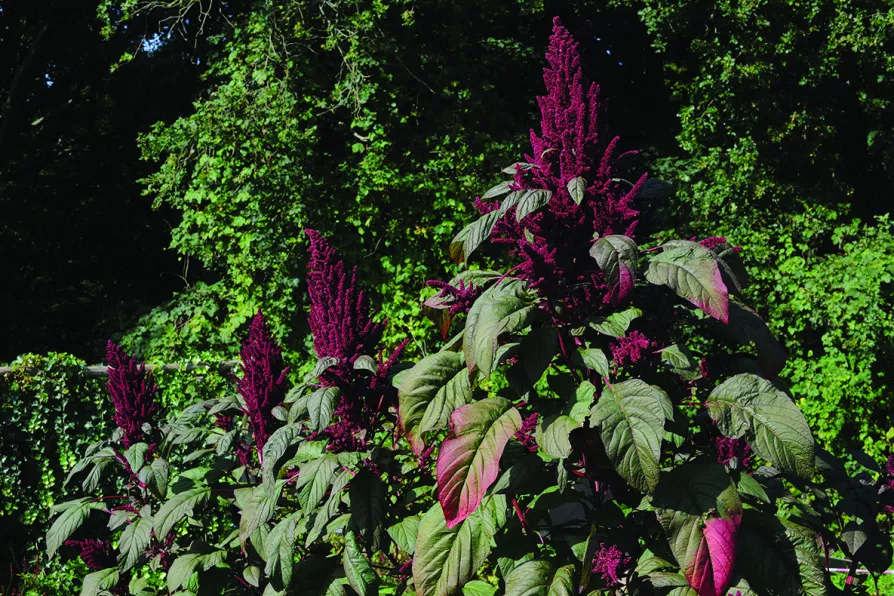TUC general secretary PAUL NOWAK speaks to the Morning Star’s Berny Torre about the increasing frustration the trade union movement feels at a government that promised change, but has been too slow to bring it about

 Amaranth
[Joost J. Bakker / Creative Commons]
Amaranth
[Joost J. Bakker / Creative Commons] THERE are several cheerful reasons for growing amaranth, but there’s also one rather depressing one: climate change. It’s one of the few annual vegetables that doesn’t seem to be bothered by either wet summers or heatwaves.
You may already be growing it, without knowing it. Amaranthus is a genus of plants with many members, including the popular garden ornamental, love-lies-bleeding. Every species is edible (according to the experts at Garden Organic), though some are more palatable than others. Luckily, love-lies-bleeding is one of the best to eat, easiest to grow, and handsomest.
For the widest choice, have a look at the Real Seeds website: www.realseeds.co.uk. They sell a number of types, either for producing a harvest of seeds (which are used as a grain, similar to rice) or leaves, which are commonly eaten as an excellent cooked green, often called callaloo. Both leaf and grain are considered unusually valuable foods by nutritionists.
May is the month for starting amaranth, either by scattering the seeds on moist, warm soil outside, or — more reliably — by sowing it in trays or pots indoors, on a bright windowsill.

MAT COWARD sings the praises of the Giant Winter’s full-depth, earthy and ferrous flavour perfect for rich meals in the dark months

The heroism of the jury who defied prison and starvation conditions secured the absolute right of juries to deliver verdicts based on conscience — a convention which is now under attack, writes MAT COWARD

As apple trees blossom to excess it remains to be seen if an abundance of fruit will follow. MAT COWARD has a few tips to see you through a nervy time

While an as-yet-unnamed new left party struggles to be born, MAT COWARD looks at some of the wild and wonderful names of workers’ organisations past that have been lost to time














